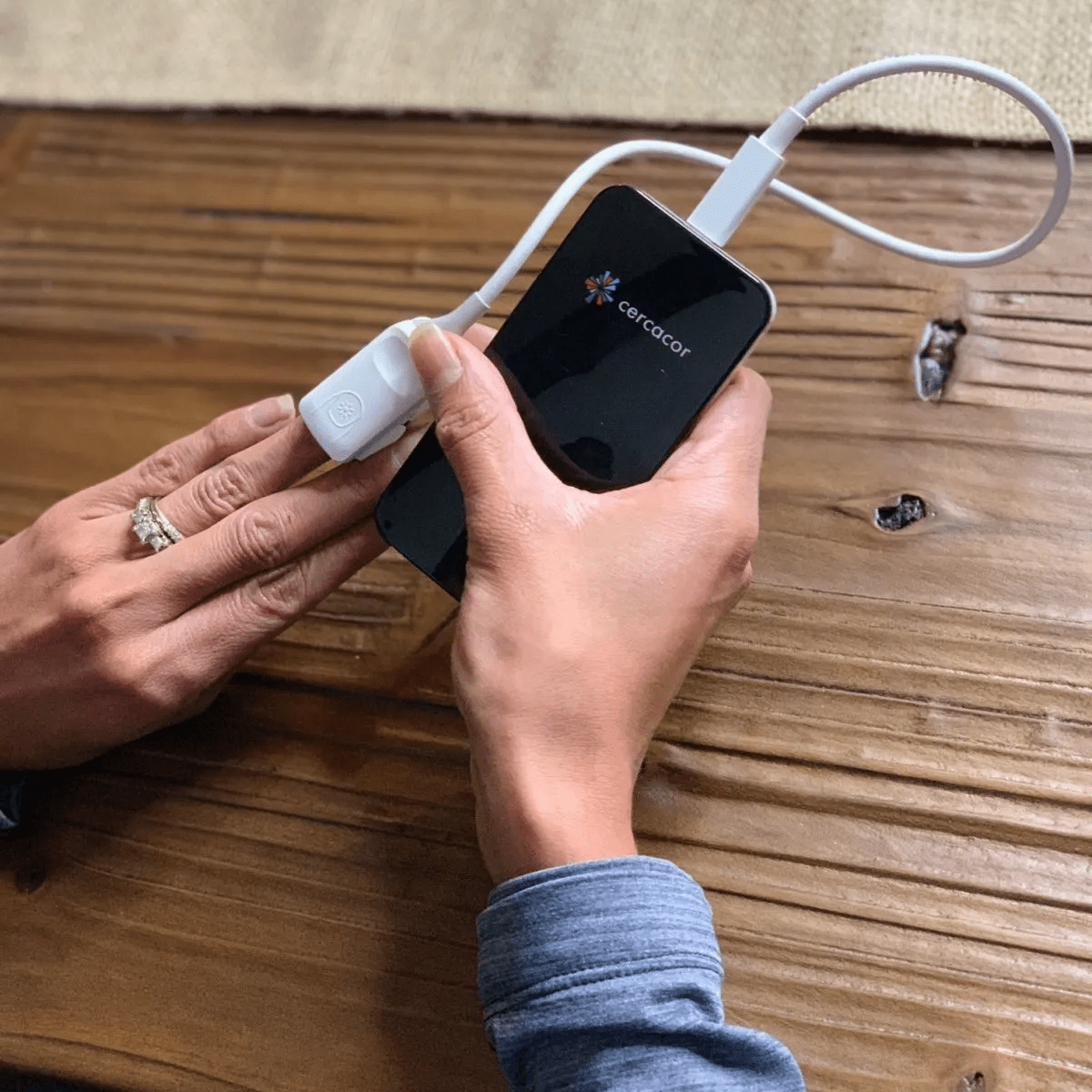By Brenda Martinez
The notion that running a non-impact sport is something that should be redefined. Runners are constantly impacting surfaces that are flat, undulating, soft and hard. In a perfect world, every step would feel like the first day back after an extended break. No aches, no twinges, no lingering soreness from yesterday’s workout, and who can forget a little extra bounce. However, that is not the narrative, at least not in my experience. I’ve battled with injury, and as of recently, I was in the thick of it. Thankfully I am optimizing my training while cutting my recovery time in a fraction using Ember.

There is a plethora of information that is readily available in the realm of cross training and train through injury. The age-old question that comes to mind, are treadmill miles the same as street miles has plagued many. Due to my injury, I’ve had to take it one step further, substitute some of those forms of miles for minutes on the Elliptigo. As a professional runner, it is not ideal to just take time off. Thankfully, during that period I was able to enhance my training while allowing my body to address my injury. During this time, I found myself asking, am I injured or am I just sore? With the new rehab and alternative training methods, I found myself with new dimensions of delayed onset muscle soreness (DOMS). The muscles soreness put simply is an inflammatory response.
If we put running stresses on a scale or spectrum, the green and yellow zone would involve a healthy inflammatory response. Inflammation is like a fire in your body you cannot see. It’s a smoldering process, that takes a toll on any working part of the body. However, when the body signals an injury, your immune system sends out an army of white blood cells to surround and protect the area. Once this reaction turns acute we are now in the realm of a full-blown injury or the “red zone”. My goal in training is to approach the “red zone,” allows myself to recover, and prevent future injuries. During my training I must follow the law of specificity, doing what my teammates are doing or even what I have done in the pass would be irresponsible for me without some form of modification to the fitness level that I am in currently. Before using my Ember device my coach would ask me and I had to make the best assessment. The “red zone” did not yet have a numeric measurement that was objective and consistent.
Thankfully the body has biomarkers that Ember is able to calculate telling us when to pull the reins or increase my training load. These biomarkers are that Ember gives me eliminate human error by measuring how much my pulse rate variability and hemoglobin (the ratio of the volume of red blood cells to the total volume of blood) levels have been influenced. Pulse rate variability (PRV), as defined by Ceracor, is measuring the variability of the beat-to-beat intervals of the pulse rate obtained at the fingertip from a photoplethysmograph, indicating how the body is corresponding to and adapting to the different physiological or environmental stimuli.

My environmental stimuli is a factor because I live at 2040m or 6700 ft. There is overwhelming evidence that training performed at an elevation between 1500m and 3000m lasting longer than 3 weeks, resulting in increased absorption of oxygen due to an increased red blood cell count and capillary production. Moreover, the concept behind training in a hypoxic elevation is to improve the cardiovascular system. This is caused by the stress of performing normal running distances and/or living at an elevation that causes a deficiency in oxygen or hypoxia. In addition, training within this margin of elevation places a higher demand on the working muscles. The physiological response is, blood circulating with a reduction of oxygen, that will increase the development of capillaries in the muscles responsible for the aerobic metabolism that is at play. Part two, the body will recognize this oxygen deprivation, causing the production of red blood cells or Hemoglobin. Hemoglobin, defined by Cercacor, is a protein that binds and carries oxygen throughout the body. How does one know that they are in the production of aerobic metabolism and responding with an increase in hemoglobin? This oxygen deficiency is a biomarker that is measured and displayed by Ember and can be found under the SpO2 and hemoglobin under Hgb.
These biomarkers allow me to give value in the new cross-training while at altitude I am participating in. For example, when I take my reading Ember gives me the value in numbers. When my Pulse rate variability is reading 45< my coach understands that I am ready for another day of training, or when I am constantly reading above 45 that is an indication that I have adapted to the daily workload. This indicated that I am in the green zone that I talked about earlier. During this periodization, I am able to make myself aware of how well my body is responding to the new training stimuli by monitoring my hemoglobin-induced by hypoxia. In the past, I would have to drive to a lab/ hospital, my blood measured in an invasive practice. Those days are in the past, come on we are in the year 2019. Although this is not a light switch solution to training, Ember has allowed me to actively recover. Enabling me to make gains, believe it or not, I have actually been able to increase my hemoglobin during this period of training. Saving me from a throwing my hands up and taking a passive sedentary regimen.





